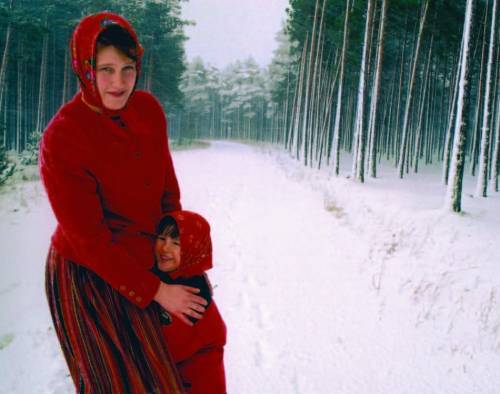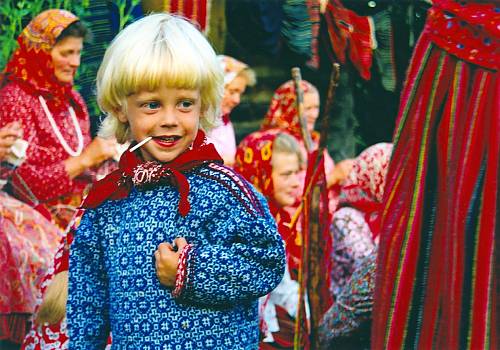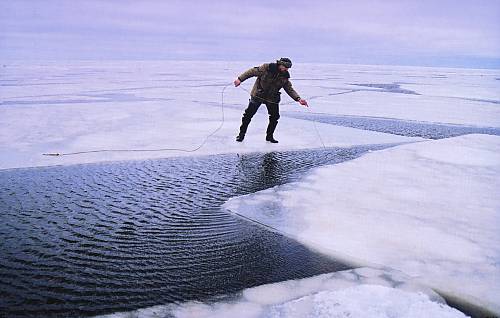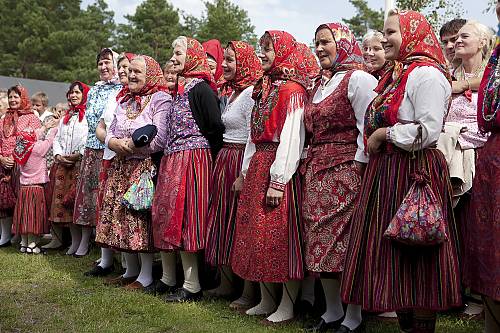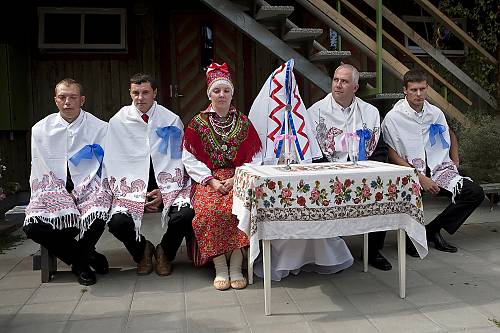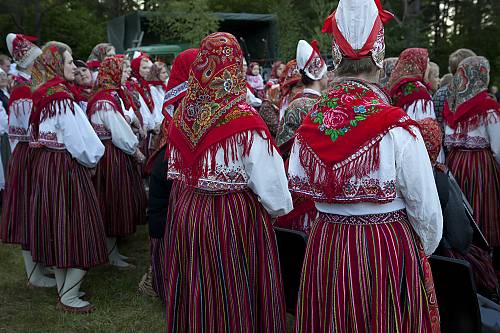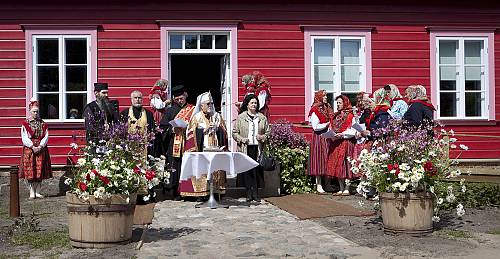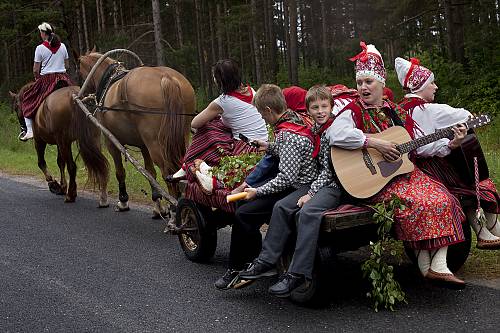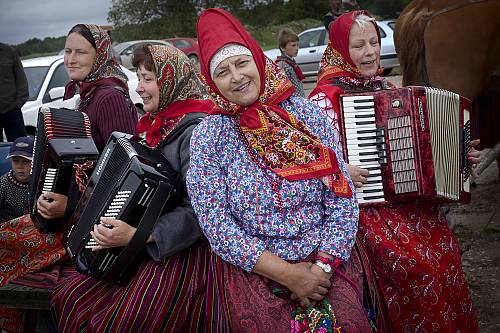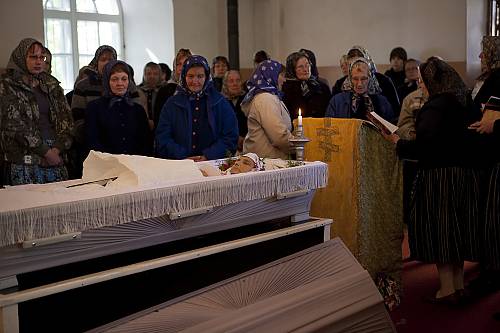Kihnu cultural space
Inscribed in 2008 (3.COM) on the Representative List of the Intangible Cultural Heritage of Humanity (originally proclaimed in 2003)
Lying off Estonia’s Baltic coast, the small islands of Kihnu and Manija are home to a community of 600 people whose cultural expressions and agricultural traditions have been kept alive over the centuries largely through the island’s female population. The men of the Kihnu community have taken to sea to hunt seals and fish, while the women have remained on the islands to farm and to maintain the household. Kihnu women thus have become the principal custodians of the cultural traditions embodied in numerous songs, games, dances, wedding ceremonies and handicrafts. Singing is an integral part of collective handicraft activities and of religious celebrations. Particularly noteworthy among the musical repertory of the islanders is an oral tradition of pre-Christian origin, known as runic or Kalevala-metre songs.
The most visible emblem of Kihnu culture remains the woolen handicrafts worn by the women of the community. Working in their homes using traditional looms and local wool, the women weave and knit mittens, stockings, skirts and blouses, which often feature bright colours, vivid stripes and intricate embroidery. Many of the symbolic forms and colours adorning these striking garments are rooted in ancient legends. The Kihnu cultural space is also distinguished by the interrelation of its rich cultural and natural heritage. On both islands, the characteristic landscape of grassland, pine groves and coastal sands has remained relatively intact up to the present day.
Their geographic isolation, their strong sense of community spirit and their steadfast attachment to the customs of their ancestors have enabled the Kihnu people to preserve their crafts and customs. Today, Kihnu culture is threatened by economic hardship, uncontrolled housing development and the intrusion of tourists insensitive to the islands’ traditions and natural environment.


